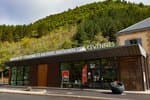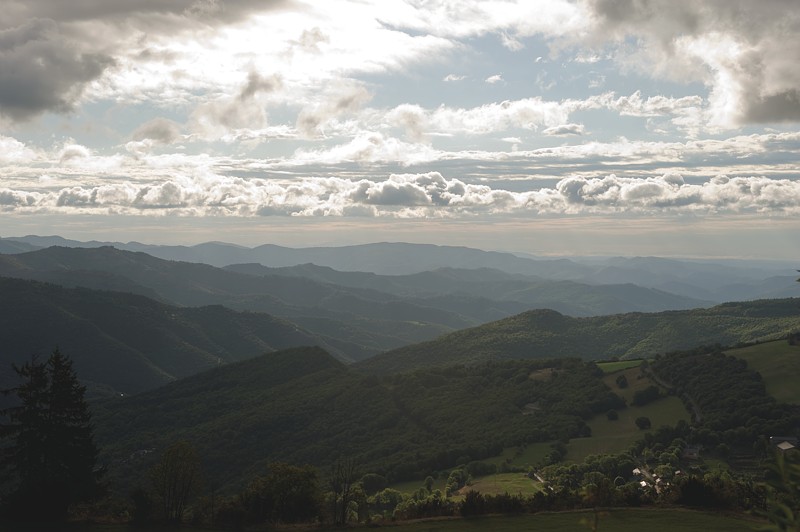
Saint-Flour valley
5 points of interest
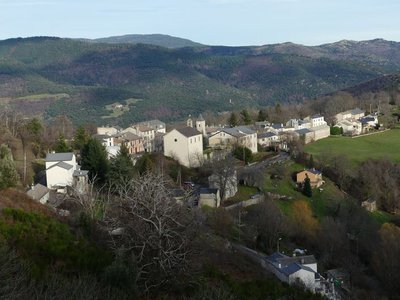
Le Pompidou - nathalie.thomas  History
HistoryLe Pompidou
Le Pompidou, like Saint-Roman de Tousque, owes its development to its location on the Corniche des Cévennes road. From the 17th century onwards, this former mule track carried substantial trade, with mule cart drivers bringing up salt, wine and dried fish from southern France to the Gévaudan, taking grains and cloth down from the uplands, and exporting the silk and chestnuts of the Cévennes. You can still see two buildings, the former inn (Le Cheval Blanc) and the Chapeau Rouge staging post, where travellers changed carriage horses.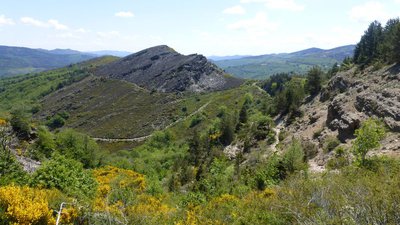
Col de Tartabissac - nathalie.thomas AgricultureSmall buildings
The small buildings you see dotted here and there are jasses (from jas: place where livestock sleeps), sheepfolds of times gone by. There used to be at least 20 between Tartabissac and Bézuc. From the first warm days to 6 December, livestock would spend the night here, and their owners would come up during the day to watch them. An old saying goes, “No livestock in the chestnut groves before the sixth of December”. 6 December was the date of the fair in Florac when the local chestnuts were sold. Today Bézuc hosts 200 sheep for 8 months of the year.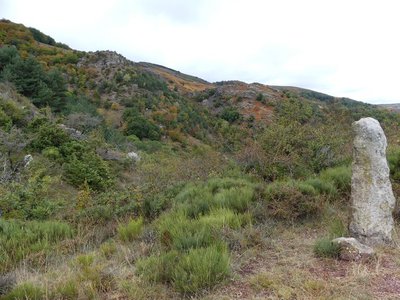
Vue sur La Can depuis le col de Tartabisac - nathalie.thomas  Geology
GeologyContact
At the Col de Tartabisac pass, there is a clear limit between the two bedrocks: on the left, the limestone plateau; on the right, a schist slope. The two rocks are in contact at a geological fault. A layer of very wet sandstone sits at the level of the meadows, at the foot of the limestone. This is where the water that has infiltrated via the thick layers of the Can plateau re-emerges.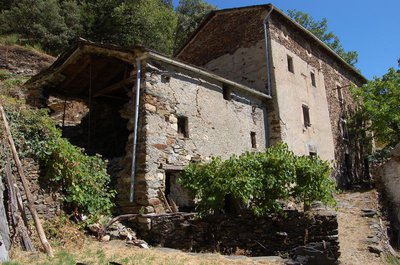
La Coste - nathalie.thomas  Architecture
ArchitectureLa Coste
The architecture in La Coste is neat, with beautiful stone door frames and window frames and rounded corner stones. Renowned stone carvers and masons came from this Cévenol hamlet.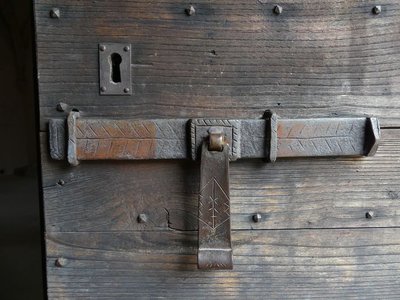
St-Flour du Pompidou - nathalie.thomas  Architecture
ArchitectureSaint-Flour du Pompidou
The architecture of this handsome Romanesque church makes good use of the two local bedrocks (limestone walls, schist tilestones on the roof). Saint-Flour is believed to have been created by the Benedictine monks who sought refuge in the Cévennes from the 11th to 12th centuries. During the Camisard War, the vicar took refuge in Le Pompidou, which had a garrison of which St-Flour was an outpost. During the night of 26 and 27 January 1703, the Camisard leader Castanet and his lieutenant Jean Valmalle, known as The Rose, attacked Le Pompidou. The church and priory at Saint-Flour were set alight. During the French Revolution, the priory was sold to an inhabitant of Le Pompidou as the property of the French state. The church became a grange, and the presbytery was closed. In 1986, Saint-Flour was added to the supplementary list of historical monuments; in summer it is a concert venue.
Description
1) Take the lane, then turn left to join the path that goes up to the Col de Tartabissac pass.
2) 50 m before you get to the pass, take a path on the right that goes down to the Maison de la Roquette. Turn left onto the D 62. 300 m further, leave the road to take a path on the right that goes downhill to La Coste.
3) At La Coste, turn right onto the road for 300 m and go uphill on a zigzagging path to the church of Saint-Flour du Pompidou.
4) Join the road that goes uphill to the village of Le Pompidou.
- Departure : Le Pompidou: square by the community hall (Salle des fêtes)
- Arrival : Le Pompidou: square by the community hall (Salle des fêtes)
- Towns crossed : Le Pompidou
Forecast
Altimetric profile
Recommandations
Information desks
Tourism'house and national Parc at Florac
Place de l'ancienne gare, N106, 48400 Florac-trois-rivières
This office is part of the National Park's associated tourist-information network, whose mission is to provide information on, and raise awareness of, the sites and events as well as the rules that must be observed in the National Park's central zone.
On site: exhibitions, video projections, events and shop Open year-round
Office de tourisme Des Cévennes au mont Lozère
le Quai, 48220 Le Pont de Montvert sud mont-Lozère
Tourism office Des Cévennes au mont-Lozère, Sainte-Croix-Vallée-Française
Mairie, 48110 Sainte-Croix-Vallée-Française
This office is part of the National Park's associated tourist-information network, whose mission is to provide information on, and raise awareness of, the sites and events as well as the rules that must be observed in the National Park's central zone. :
Open year-round
Access and parking
Parking :
Calculateur d'itinéraire Lio
Utilisez le calculateur liO pour organiser votre trajet en région Occitanie.
Autres régions
Calculez votre itinéraire en Auvergne Rhône Alpes sur Oùra
Biodiversité autour de l'itinéraire
Source


Report a problem or an error
If you have found an error on this page or if you have noticed any problems during your hike, please report them to us here:

